Traveling by Tramper - for the True Aficionado
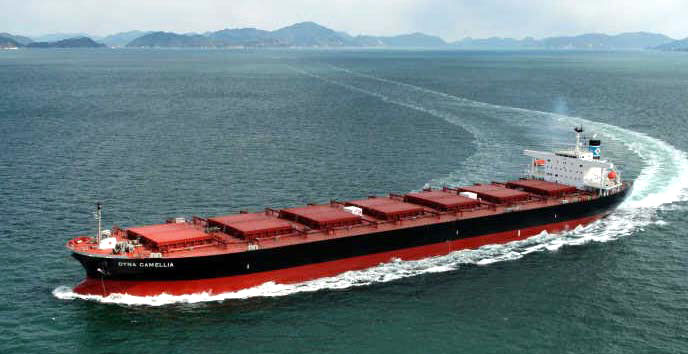 |
| Tramper, in contrast to the liner, operates without a schedule, going wherever required to deliver cargo. She is a descendant of the early merchant ships whose masters (who were also their owners) loaded them with cargo at home to sell abroad, and vice versa. Today, ships in various sizes, commonly 40-150,000 deadweight tons, sail worldwide carrying in holds below deck loose grain, iron ore and other mineral ores as well as semi-fabricated products like steel, paper etc. - very few take passengers. |
|
One possibility to experience such an adventure is to Win a Voyage on a Great Lakes freighter |
| Lakers also sail from one cargo contract to another between the ports on the lakes and down the St. Lawrence River. They are not certified to carry passengers for hire, but can take guests, family members and company's customers. For the general public they offer a chance to win a voyage. The cost of a Ticket is currently $100.00 (U.S. Funds only). A maximum of 5,000 Tickets is sold for the benefit of the National Museum of the Great Lakes. |
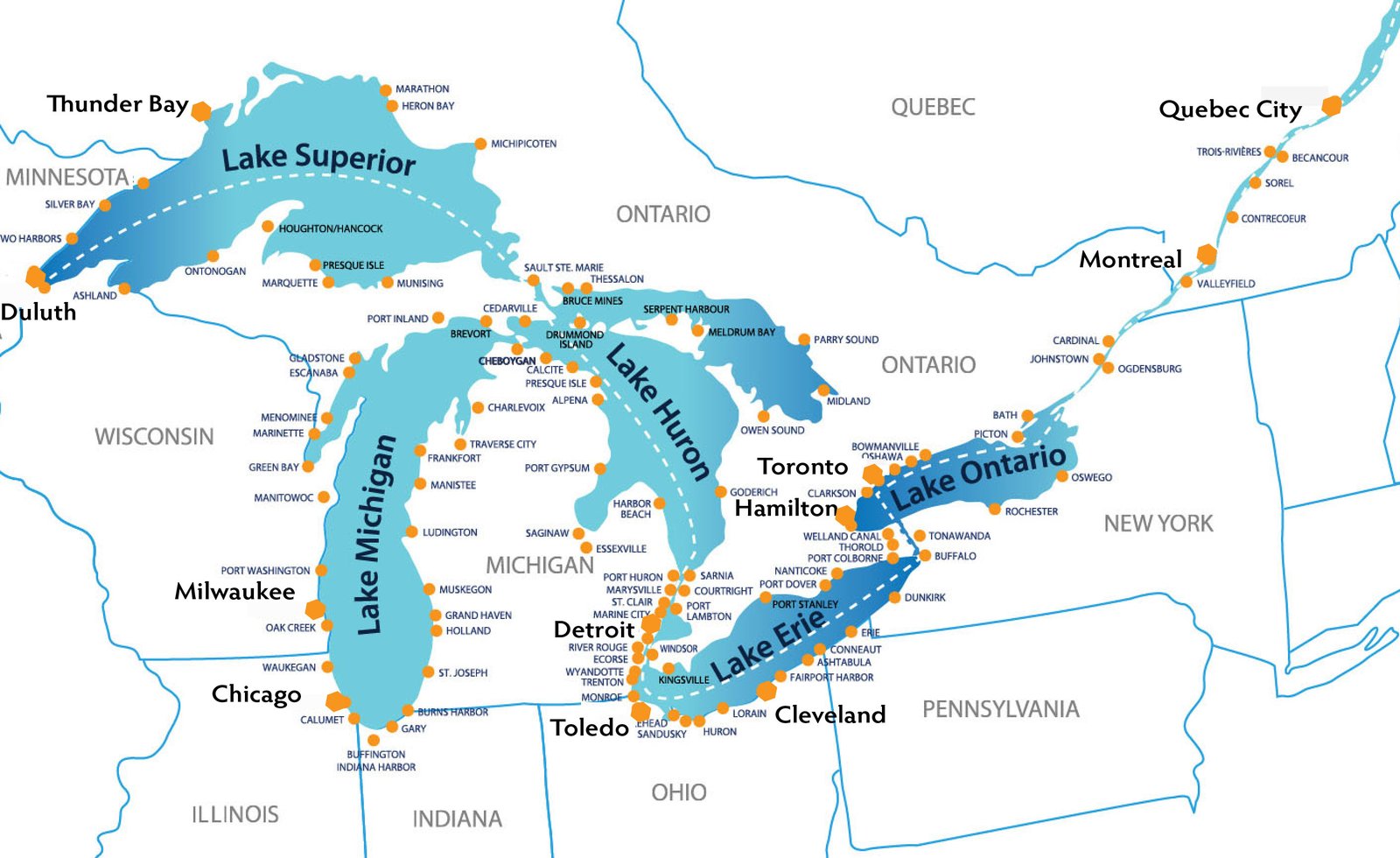 |
| Apply through the Luck of the Lakes Ruffle, organized by the Historical Society and National Museum of the Great Lakes. For travel on lakers, guests must adhere to all policies and procedures. Logistical details like specific ship, route, travel dates, length of voyage, departure port and destination are all things you'll have to coordinate with the company. Cargo takes priority - you're just coming along for the ride. |
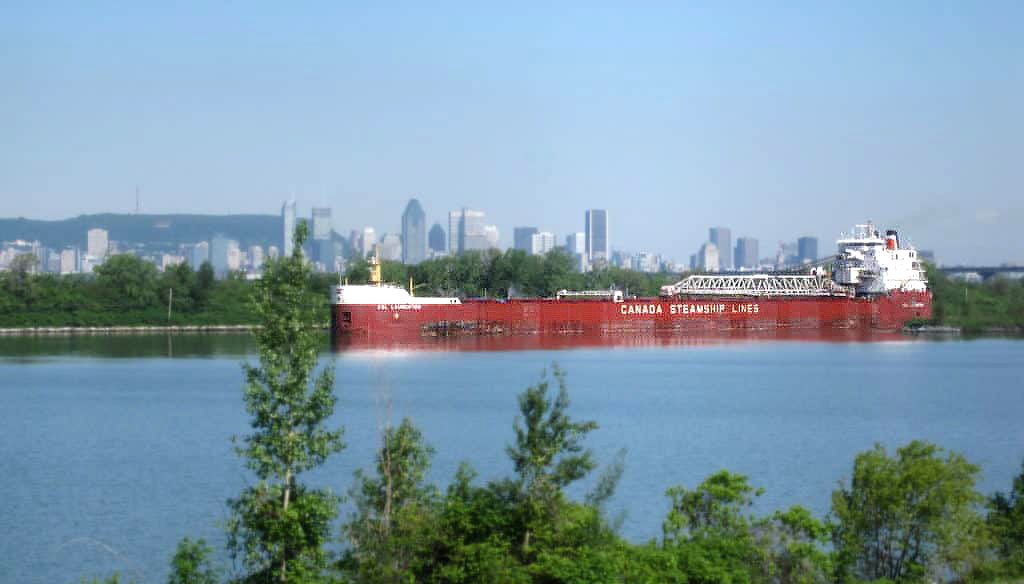 Sail from Montreal to a destination in upper Great Lakes, or vice versa - either way the voyage lasts approx. 6 days. |
| The laker above just entered the Seaway through St. Lambert Lock in Montreal, part of the oldest and most traveled inland waterway in America - a 2,300-mile corridor that connects the Atlantic Ocean with all five Great Lakes and the Mississippi River. Since deep draft navigation opened on the St. Lawrence in 1959, lakers and ocean freighters deliver 180 million tons of cargo to and from the lakes annually. Most of it goes to or comes from electric utilities, steel mills, construction companies, mining companies, factories and farms. Because a freighter can transport a ton of cargo 576 miles on a single gallon of fuel - compared with 413 miles by train or 155 miles by truck - shipping is often a greener way to move freight and people as well. |
 |
| Between the Iroquois Lock and Lake Ontario is a 50-mile long stretch of Thousand Islands, many of which were retreats for business moguls and movie stars during the Gilded Age. Singer Castle's 60-foot walls and terra-cotta roof, built by Frederick Gilbert Bourne of the Singer Sewing Machine Company. A couple of miles farther, you pass within a few hundred feet of another castle built by George Boldt, proprietor of New York City's original Waldorf Astoria, and Deer Island, a retreat for Yale's Skull and Bones club. |
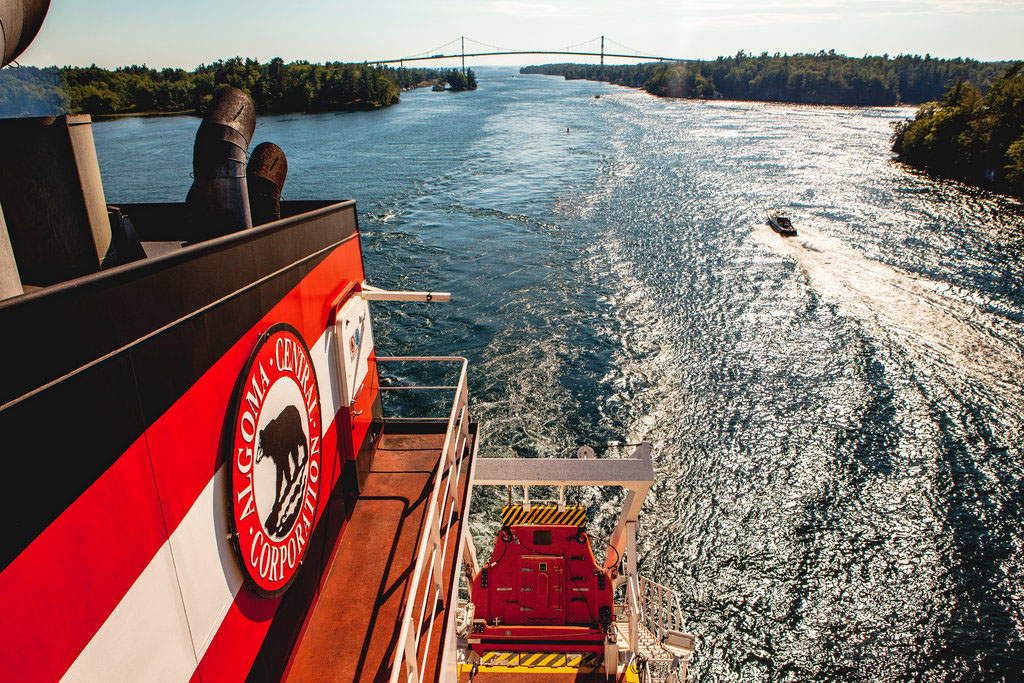 |
|
"From the bow, Lake Ontario looked like an endless silvery horizon. The air was still and the view ahead was so wide I could see the curvature of the earth. By the time I woke up the next morning we have crossed Lake Ontario and cleared two locks in the Welland Canal - an engineering marvel that circumvents Niagara Falls. The first Welland Canal was dug between Lake Erie and Ontario in 1829. The current one lifts ships 326 feet up the Niagara escarpment over 27 miles and eight locks. Captain let me off at Lock 3 and told me I had six hours to explore Niagara, before reboarding at Lock 8. I climbed a rope ladder up the lock wall and walked to a cab that took me to the Table Rock Welcome Center on the Canadian side of the falls. A rock wall with an ornate steel railing held back 1,200 humans gazing at the second-largest waterfall on the planet. It is a strange thing to see a wonder of the world in the flesh after gazing at photos of it 1,000 times. I spent a half-hour watching the river wend around rocks and submerged logs, then accelerate and shoot forward, cascading, ricocheting and vaporizing into a white cloud of mist before coalescing into a cushion of foam" - Excerpt from the NY Times article, August '16, by Porter Fox |
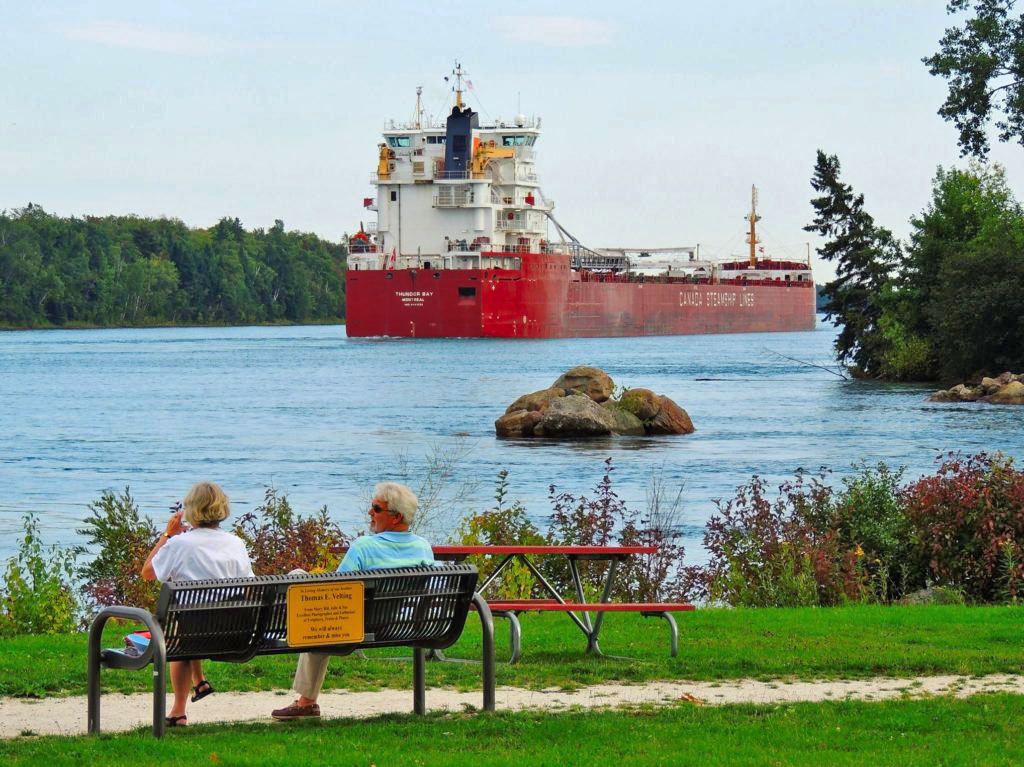 Past Sault Ste. Marie ('Rapids of Saint Mary') between Lake Huron and Lake Superior |
|
|
|
Freighter Specialty Cruises Since 1993 |